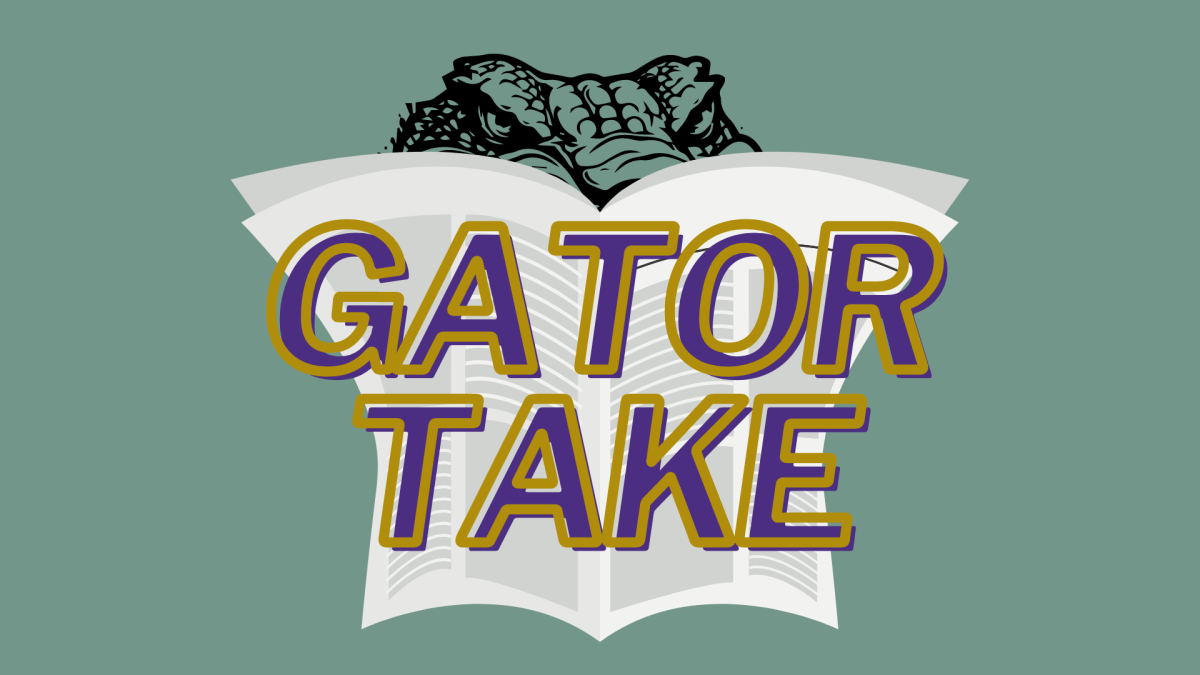Parents, fear no more. The sound of a ball striking an aluminum bat will no longer be as frightening.
In the game of baseball, when these two solid objects collide, parents worry and turn their heads. The reason is because during an at-bat, there is a strong chance that both the batter and pitcher can get severely injured.
Nevertheless, while hitters wear helmets that protect them, pitchers, on the other hand, do not. As a result, pitchers are more susceptible to serious head injury via a line drive to the head.
This means that pitchers not only have a clear disadvantage because they remain defenseless on the mound, but they are also essentially “sitting ducks” vulnerable to a sudden blow to the head with every pitch.
However, this age-old argument that begs for there to be safety equipment available to pitchers of all levels — from little league all the way up to the pros — just got a lot more interesting.
On March 7, Paul Harrington, CEO of sports equipment manufacturer Easton-Bell Sports, unveiled a new helmet prototype designed to protect pitchers.The helmet weighs about about 5 1/2 ounces and resembles cycling headwear worn by Lance Armstrong and other cyclists. Supporters include president of Little League International Stephen Keener and Marie Ishida, the California Interscholastic Federation executive director.
Still, the most important person who approves of the slick, black padded band that is made of polystyrene polycarbonate, which easily slides over a baseball hat, is Gunnar Sandberg, a 17-year-old Marin Catholic High School baseball player.
Sandberg was pitching in a game against De La Salle High School one year ago when he was hit by a ball traveling somewhere between 100-130 mph just above his right ear. He was put into a medically induced coma for two weeks before doctors eventually removed a piece of his skull to relieve the swelling in his brain.
If anything good can come from this tragic outcome, perhaps it will be the acceptance of the new helmet.
Although Sandberg is physically OK today and is playing once again for his school, he still experiences lingering effects from the incident such as academic struggle and short-term memory loss.
So the question is, how many more players have to get hurt before everyone jumps on board with this new headgear?
Sadly, severe brain trauma and brain injuries will most likely continue down the road — or at least until the end of this year when Easton-Bell Sports plans to have the helmet ready for purchase.
America’s pastime needs to get with the program and not focus on how “stupid” the helmet looks or even at how much it will cost. Instead, consider how many pitchers will be left standing at the end of the long and grueling 162-game season without one.







